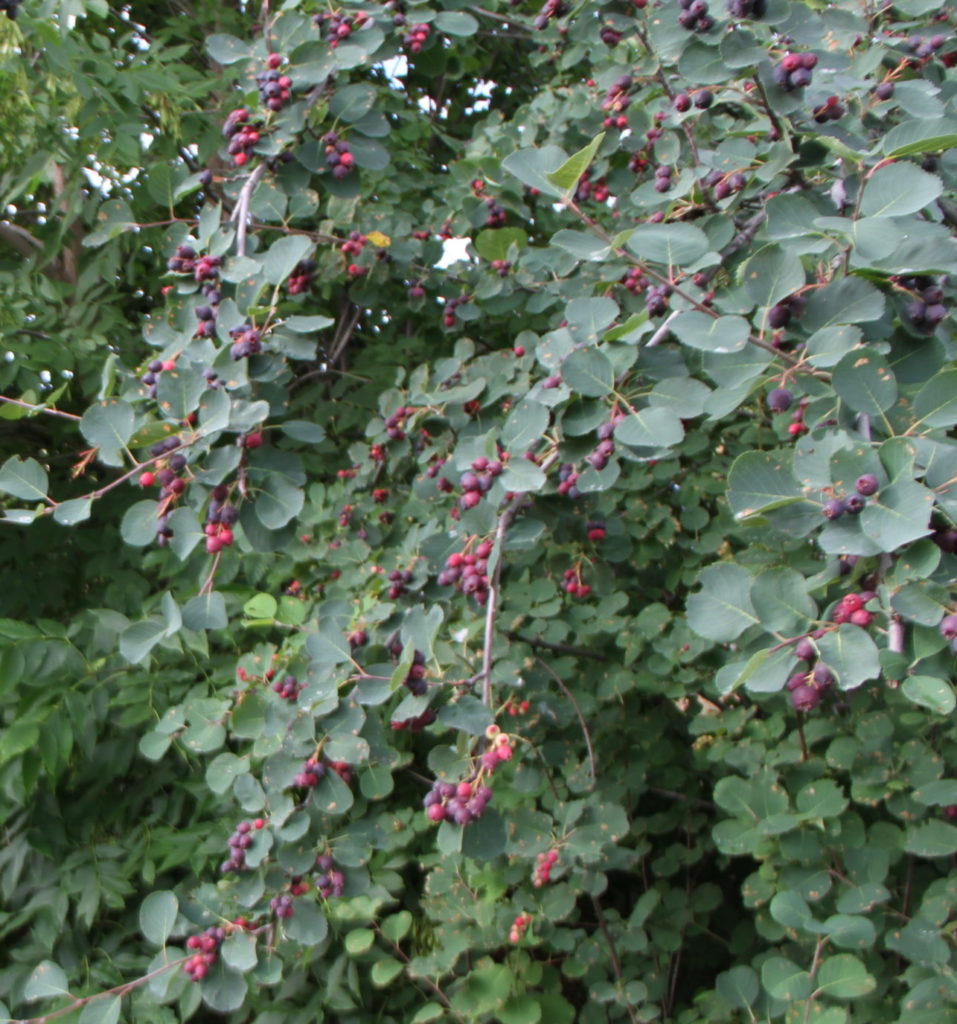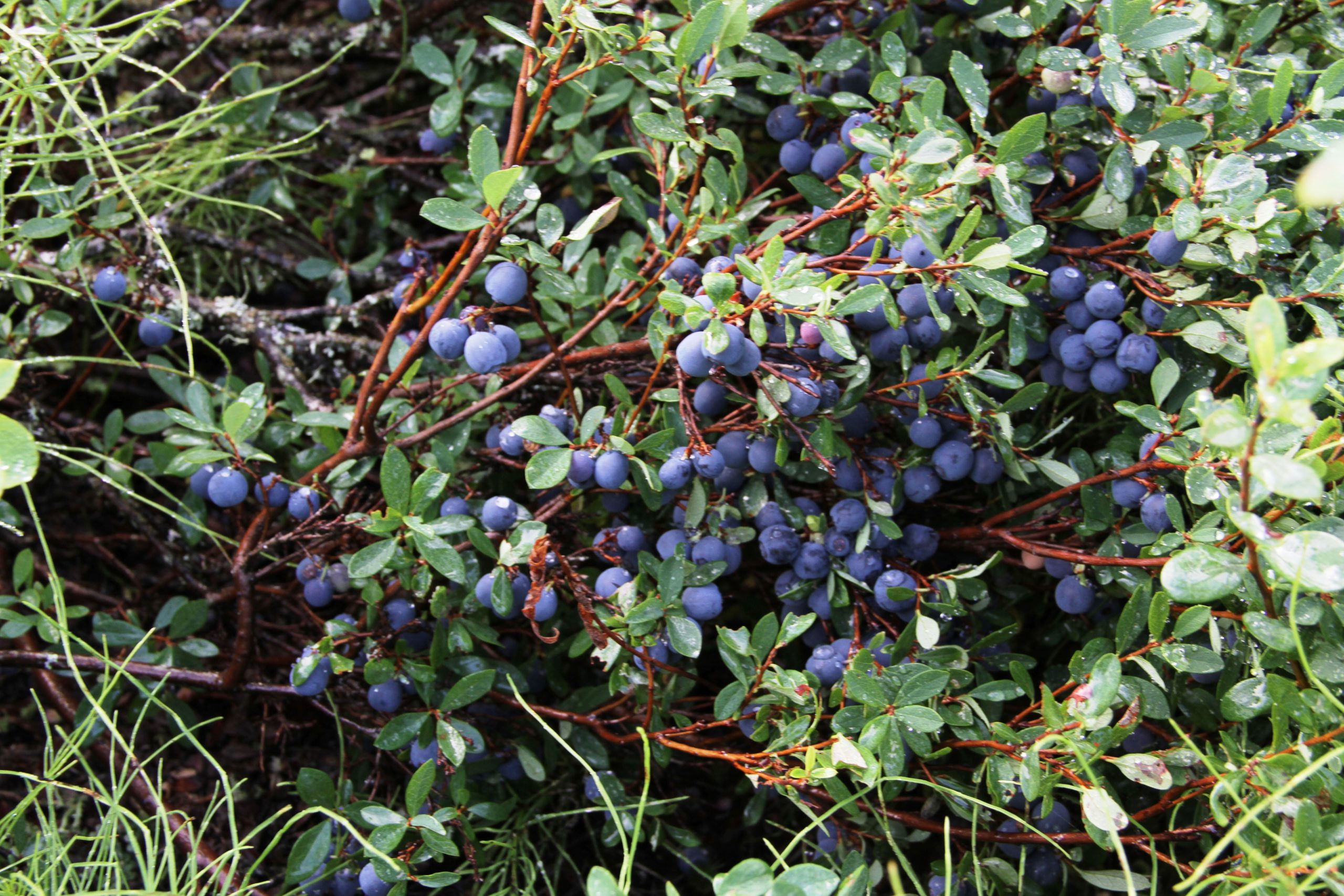Raspberries and strawberries are ubiquitous in Alaska gardens and I, for one, never tire of eating them.
But there are other lesser known types of berries that also thrive in Alaska that are worth trying. You might even find a new favorite.
Saskatoons (or serviceberries), haskaps (or honeyberries), currants and gooseberries are well adapted to Alaskan growing conditions.

I love the tart, unique taste of currants. There are many varieties to choose from. They are a bit seedy, but the seeds can be eaten. They make an excellent jelly.
Saskatoons and haskaps are incredibly prolific and productive. They can be eaten fresh or in baked goods or preserves.

Saskatoon or serviceberries are prolific. To me, they don’t compare to blueberries, but they’re a berry nonetheless.
Haskaps have the added benefit that they mature earlier than other berries, which extends the time you can be eating fresh berries. I love the tart flavor of currants, which is excellent when made into syrup or jam.
Growing berries is not as straightforward as growing lettuce or carrots. But at least you don’t have to plant them every year since they are generally perennial. Most berries benefit from full sun, mulching, compost, weed control, disease prevention measures, plentiful pollinators, good drainage and consistent watering. But berries vary substantially in their day/night length requirements, fertility needs, ideal pH, cold tolerance, required pruning regime and pollination strategies. Continue reading
